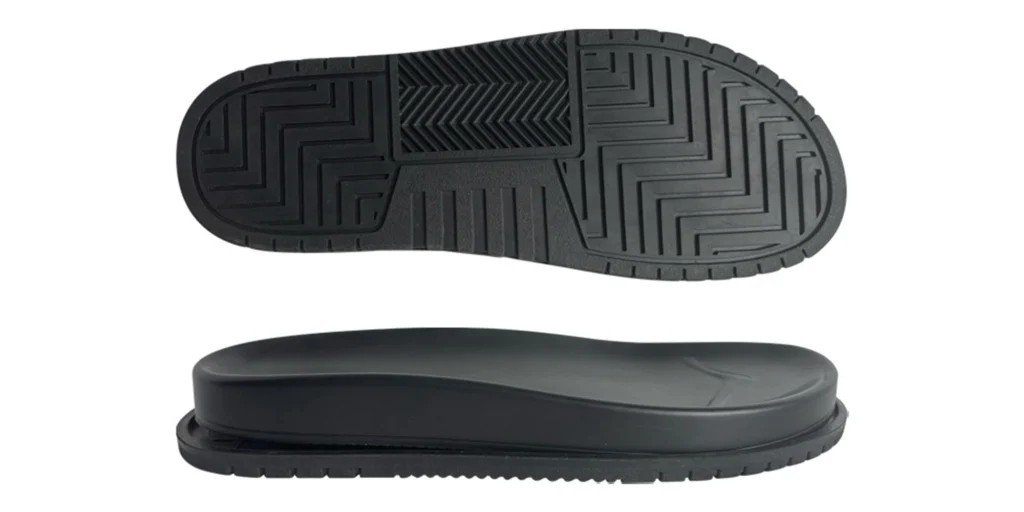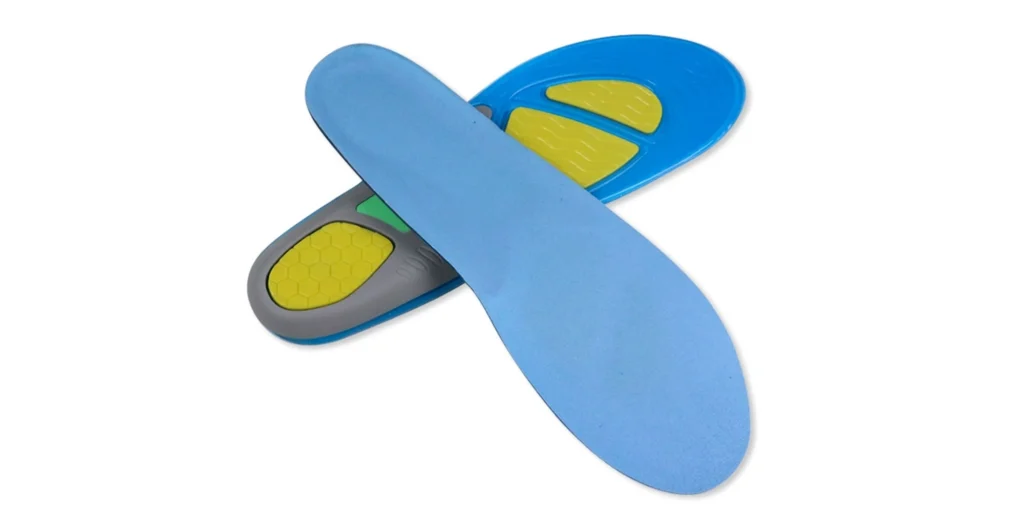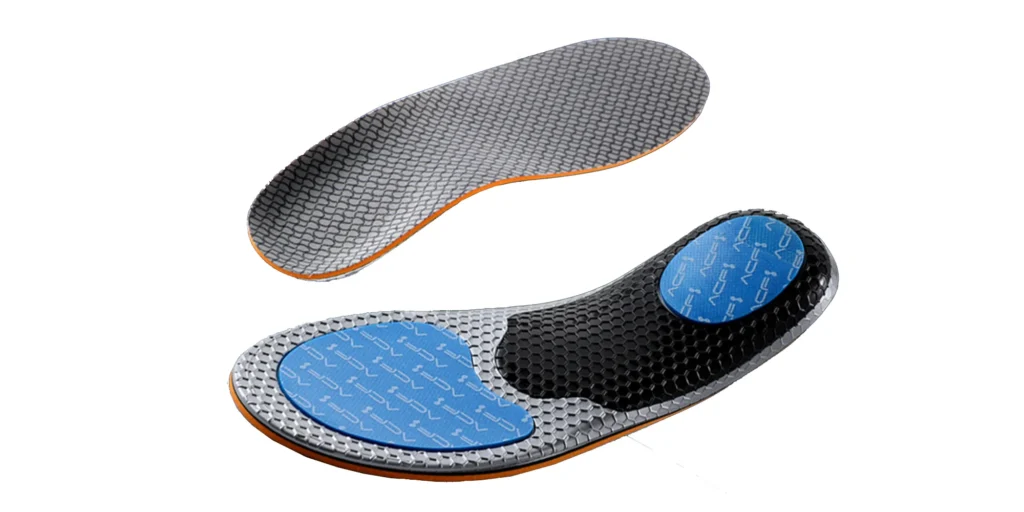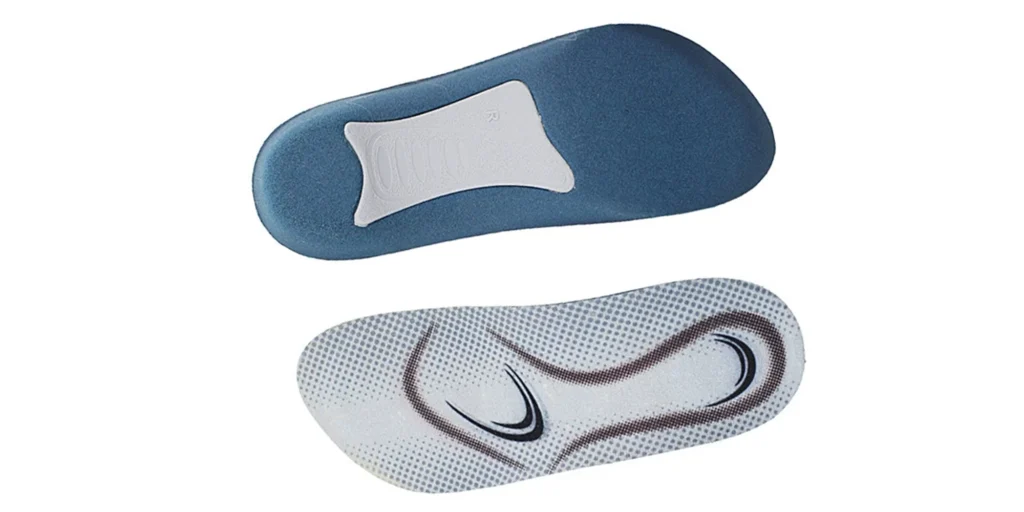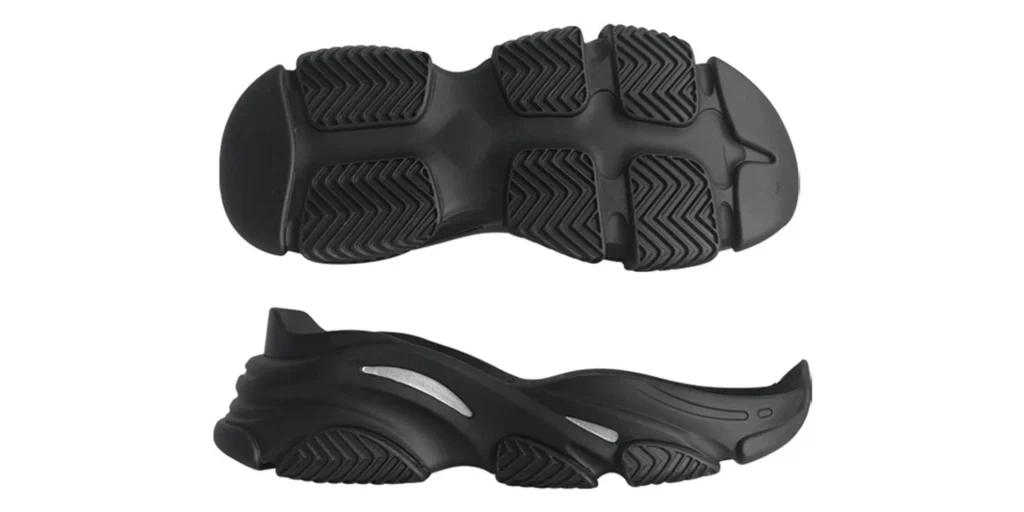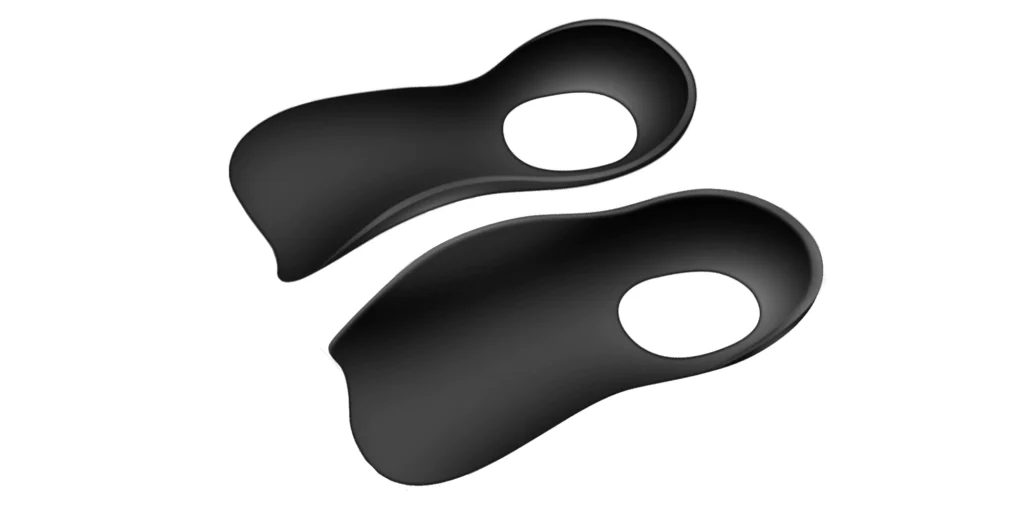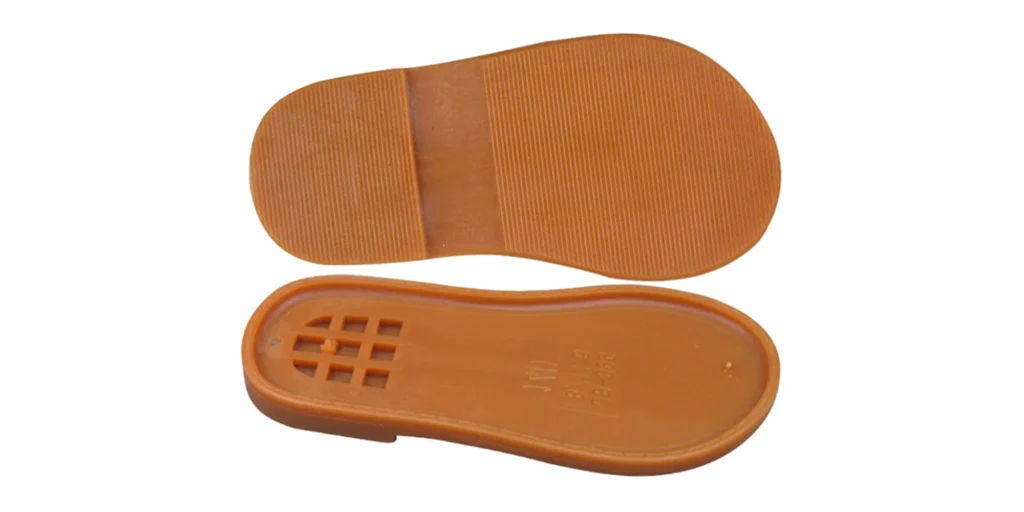Abstract
Ethylene-Vinyl Acetate (EVA) copolymer has emerged as a cornerstone technology in sportswear for safeguarding joints, owing to its lightweight composition, remarkable elasticity, and unparalleled energy dissipation capacity. This treatise delves into the shock-absorption mechanism of EVA materials, integrating biomechanical principles with clinical trial data to elucidate its efficacy in dispersing impact forces and mitigating articular wear. Furthermore, it provides scientifically validated footwear selection guidelines to optimize athletic performance while minimizing injury risks.
I. EVA Material: The Paradigm Shift in Footwear Cushioning Technology
EVA’s closed-cell foam structure, boasting merely one-third the density of traditional rubber yet demonstrating exceptional resilience (rebound rates exceeding 60%), has revolutionized midsole engineering. Through microscopic cellular deformation during compression, this material efficiently converts kinetic impact energy into thermal dissipation. Empirical studies from the Journal of Sports Biomechanics reveal premium EVA midsoles can absorb up to 60% of impact forces, substantially reducing patellofemoral joint stress.
II. The Scientific Mechanism of Joint Protection: A Biomechanical Breakdown
Impact Force Dispersion Dynamics
The lower extremities endure impact loads equivalent to 300% body weight during gait cycles. EVA’s viscoelastic properties facilitate phased compression:
- Initial Contact Phase: Rapid cellular deformation provides instantaneous impact mitigation
- Stabilization Phase: Uniform pressure distribution across the plantar surface
- Energy Return Phase: Elastic rebound delivers propulsive efficiency
Biomechanical laboratory data confirm this process reduces articular loading by 30-40% in knee and ankle joints.
Clinical Validation
Oxford University’s 2023 comparative analysis demonstrated:
- 25% reduction in articular cartilage wear among runners using EVA-cushioned footwear
- 15° decrease in tibial inclination angle during basketball landings, significantly reducing meniscal compression
III. Technological Evolution: From Conventional EVA to Supercritical Foaming
Contemporary advancements address traditional limitations (e.g., structural collapse over time):
- Supercritical Physical Foaming: Utilizing high-pressure CO₂ environments to create microcellular structures (0.1mm diameter), enhancing energy return to 75%
- Composite Architecture: Dual-density systems like Nike’s React+EVA combination optimize forefoot responsiveness and heel cushioning for targeted joint protection
IV. Scientifically Informed Footwear Selection: Four Critical Parameters
- Compression Set Value: <40% ensures sustained cushioning (laboratory-tested)
- Density Range: 150-250kg/m³ balances support and weight efficiency
- Energy Return Rating: Prioritize designs exceeding 65% rebound (e.g., Adidas Boost technology)
- Structural Engineering: Heel geometry ≥20mm with curvilinear designs optimizes force transmission
Case Study: Marathon runners adopting supercritical EVA footwear reported 70% reduction in knee pain frequency (Sports Medicine Practice, 2024).
V. Emerging Innovations: Smart Cushioning and Sustainable Solutions
- 4D-printed EVA midsoles enabling zonal cushioning customization
- Bio-based EVA (derived from sugarcane) reducing carbon footprint by 50% without compromising performance
FAQ
Q1: What distinguishes EVA’s cushioning efficacy from traditional rubber soles?
A: EVA’s lower density (0.15g/cm³ versus rubber’s 1.2g/cm³) delivers triple the energy absorption per unit weight, significantly delaying fatigue onset during prolonged activity.
Q2: Why does EVA footwear harden over time? Preventive measures?
A: Structural fatigue causes cellular collapse. Opt for supercritical foaming technologies (e.g., Peak’s “Taichi” series) which demonstrate 200% greater compression resistance.
Q3: Do heavier individuals require specialized EVA configurations?
A: Affirmative. Recommended specifications include density >220kg/m³, midsole thickness ≥25mm, combined with stabilizing TPU elements (exemplified by Asics Gel-Kayano).
Q4: Which joints benefit most from EVA cushioning?
A: Primary protection for patellofemoral joints and lumbar vertebrae (reducing vibration transmission), followed by talocrural articulation.
Q5: How to ascertain EVA performance in footwear?
A: Conduct the heel compression test: premium EVA should fully rebound within 3 seconds and exhibit no visible creases when folded.
WELLE Trade has over 20 years of experience in the production and processing of PE/EVA/TPE foams, so you may want to consult with them if you have any sourcing needs.
